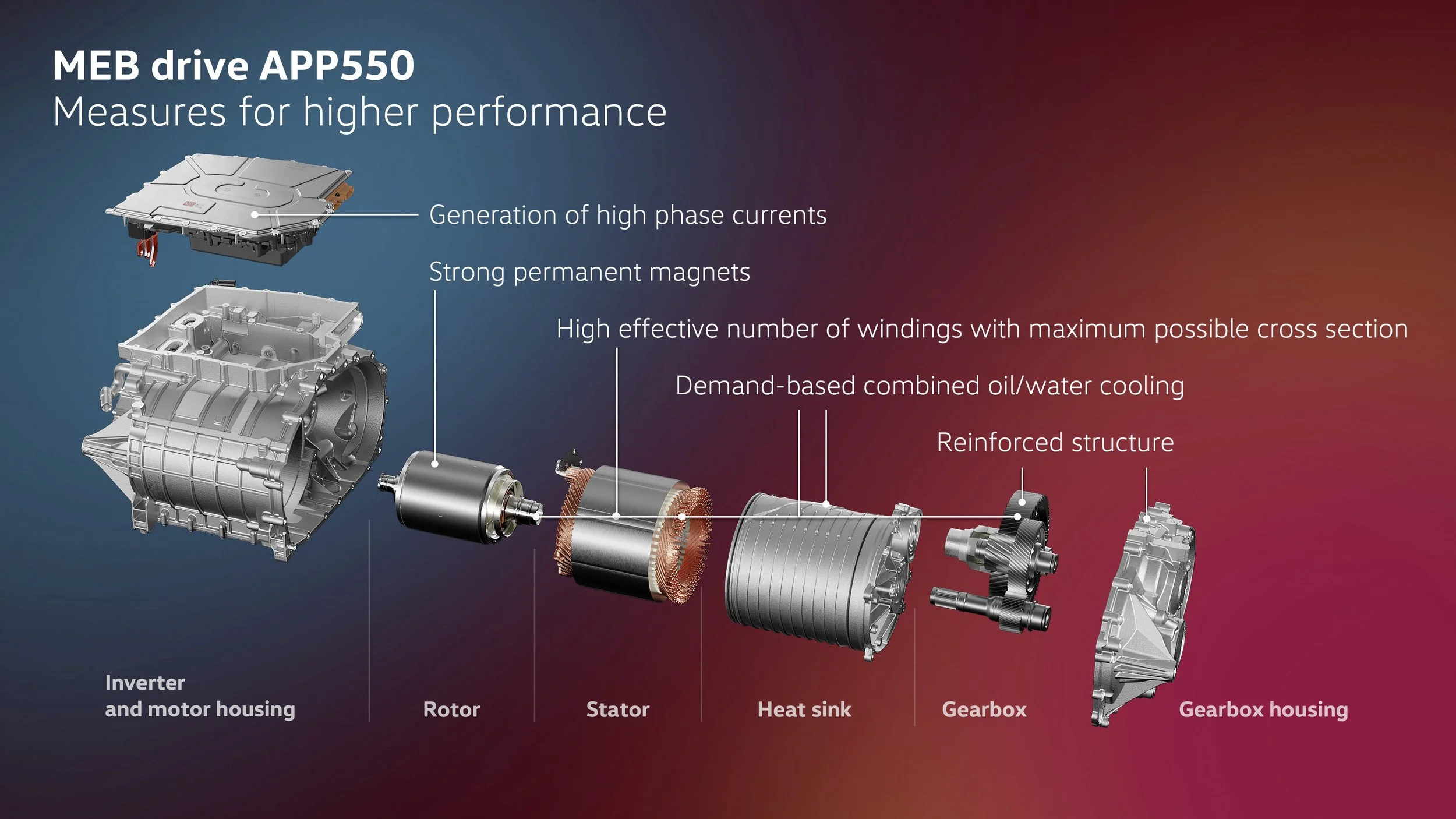Volkswagen ID.7 Specs Revealed – Wolfsburg’s New Flagship
By Edward A. Sanchez — April 17, 2023
Many were initially underwhelmed by the specifications and driving experience of the Volkswagen ID.4, myself included. While perfectly competent in its own right, there was little about the mid-sized electric crossover that had the “wow” factor. With its new ID.7 D-segment touring sedan, it seems like VW got the memo on the ID.4, and has addressed some of the complaints leveled at its first global long-range EV. The improvements made on the ID.7 will likely also eventually migrate to the ID.4’s next refresh or redesign.
As I noted in my first drive review of the RWD ID.4, the accelerative verve of the midsize crossover was less than energetic. I have not had a chance to drive the dual-motor, AWD version, and most reviews note it’s a substantial improvement over the single-motor variant. With the ID.7, even the single-motor version has nearly as much power as the current dual-motor ID.4, boding well for the inevitable future dual-motor variant. While more power is always appreciated, VW made numerous other improvements to the latest MEB variant.
Horsepower in the rear drive unit goes from 201 hp (150 kW) to 282 hp (210 kW), nearly matching the combined 295 hp output of the AWD ID.4. The new drive unit, designated APP550 is the most powerful electric drive unit built to date by the VW brand.
The ID.7 isn’t a stylistic powerhouse, but it’s also not offensive.
Volkswagen is going big with the battery packs on the ID.7 as well. The standard pack is the 82 kWh (77 kWh usable), with a 91 kWh (86 kWh usable) pack optional, giving the ID.7 a claimed WLTP range of up to 700 km (435 miles). Even factoring in the WLTP’s optimistic ratings, you’re looking at an EPA range easily in the 350+ mile range, which would put it on the higher end of current EV passenger cars.
From a more subjective standpoint, the ID.7 is inoffensively handsome. Not necessarily a head-turner, but not jarring in any way. Should VW have been a little more daring with the styling? Maybe. But for a model aimed at the mass market, it’s hard to fault stylistic restraint.
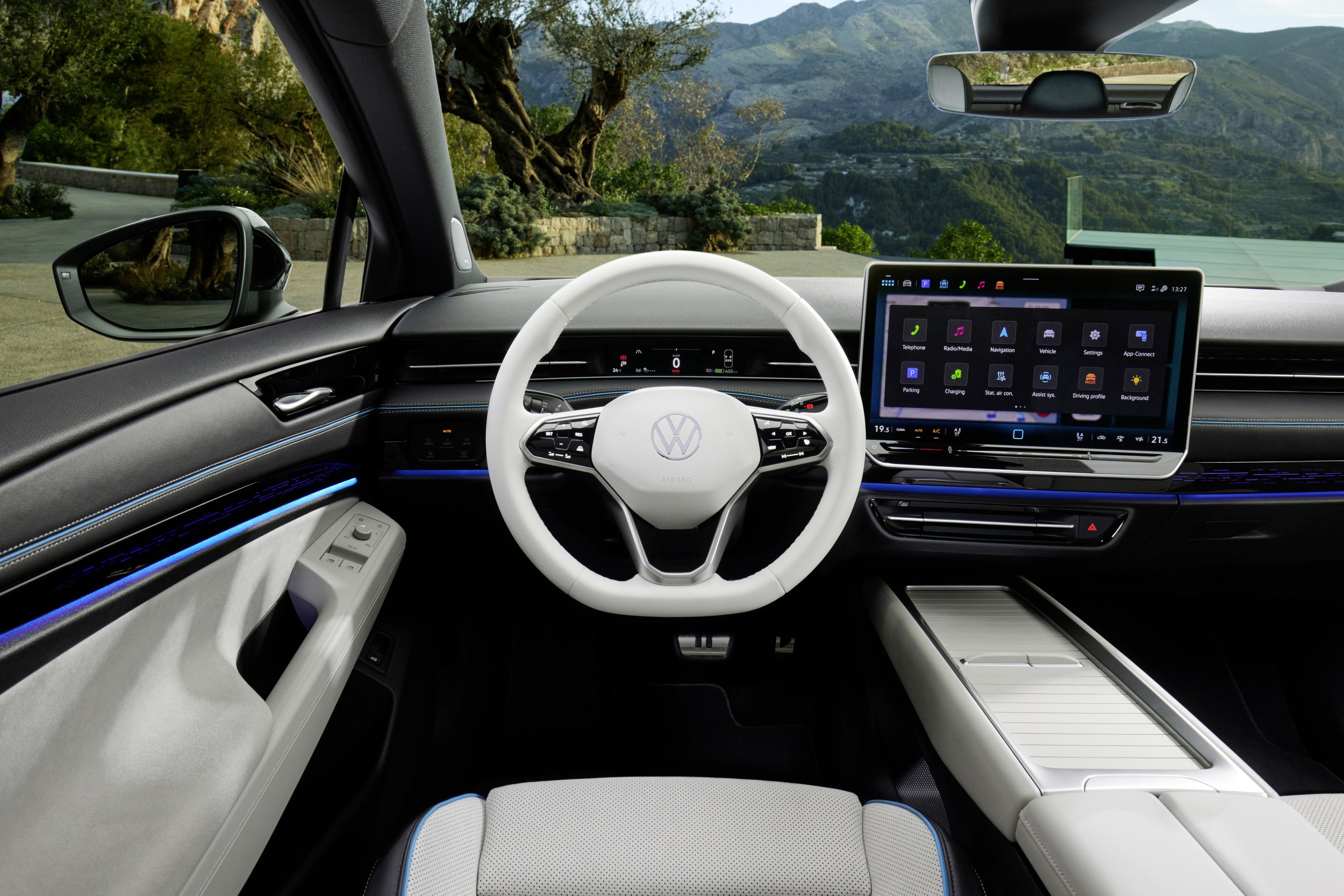
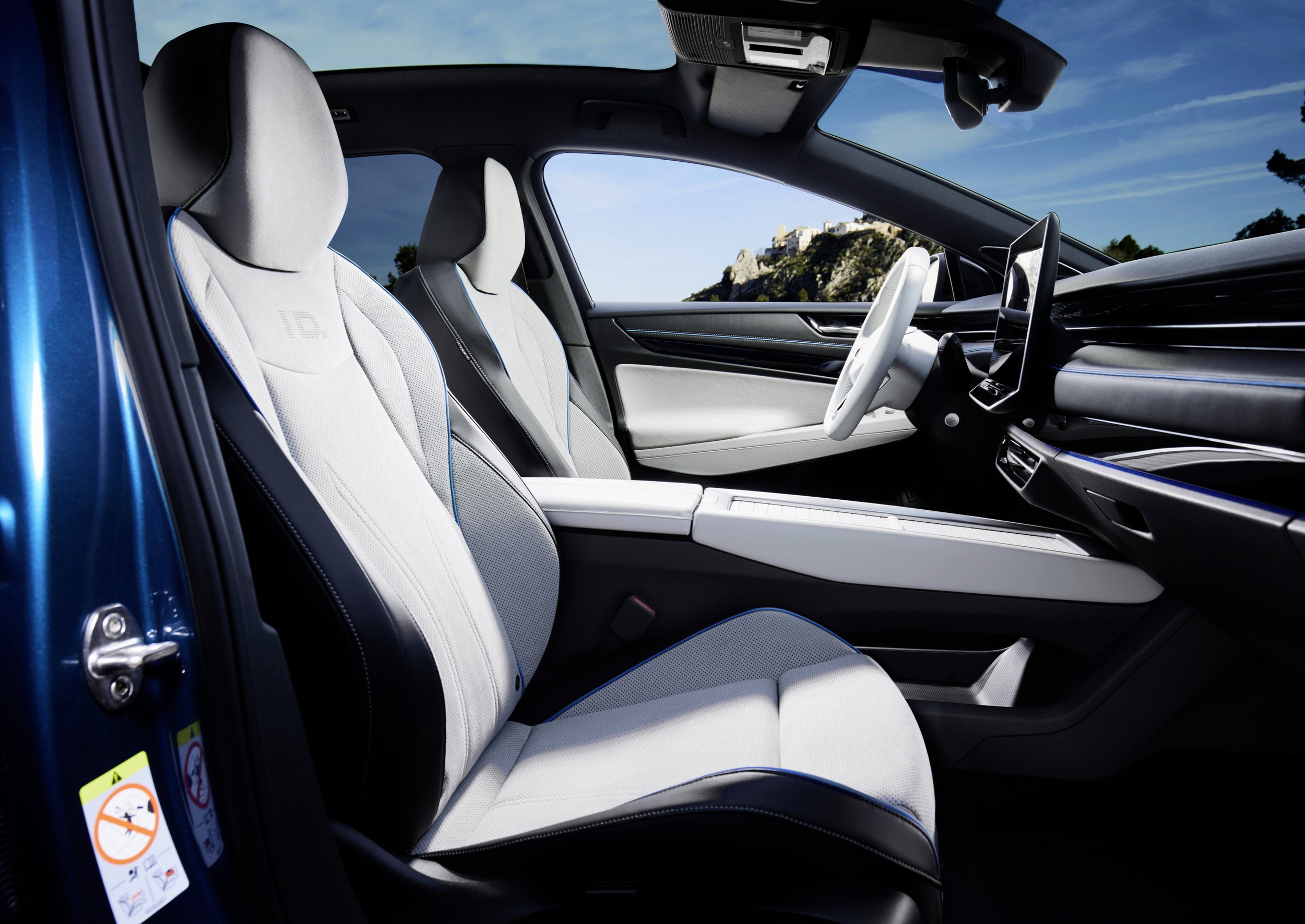
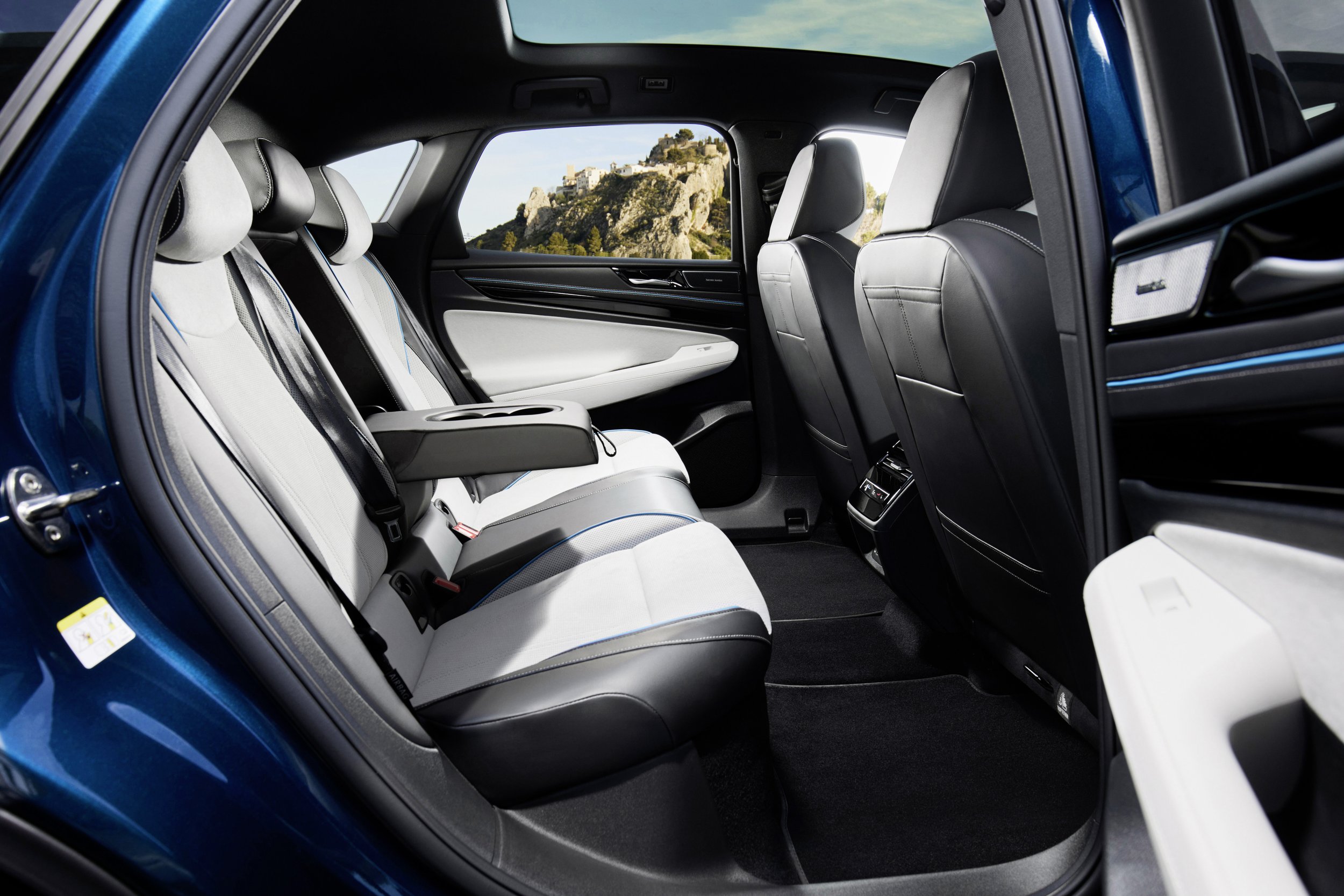
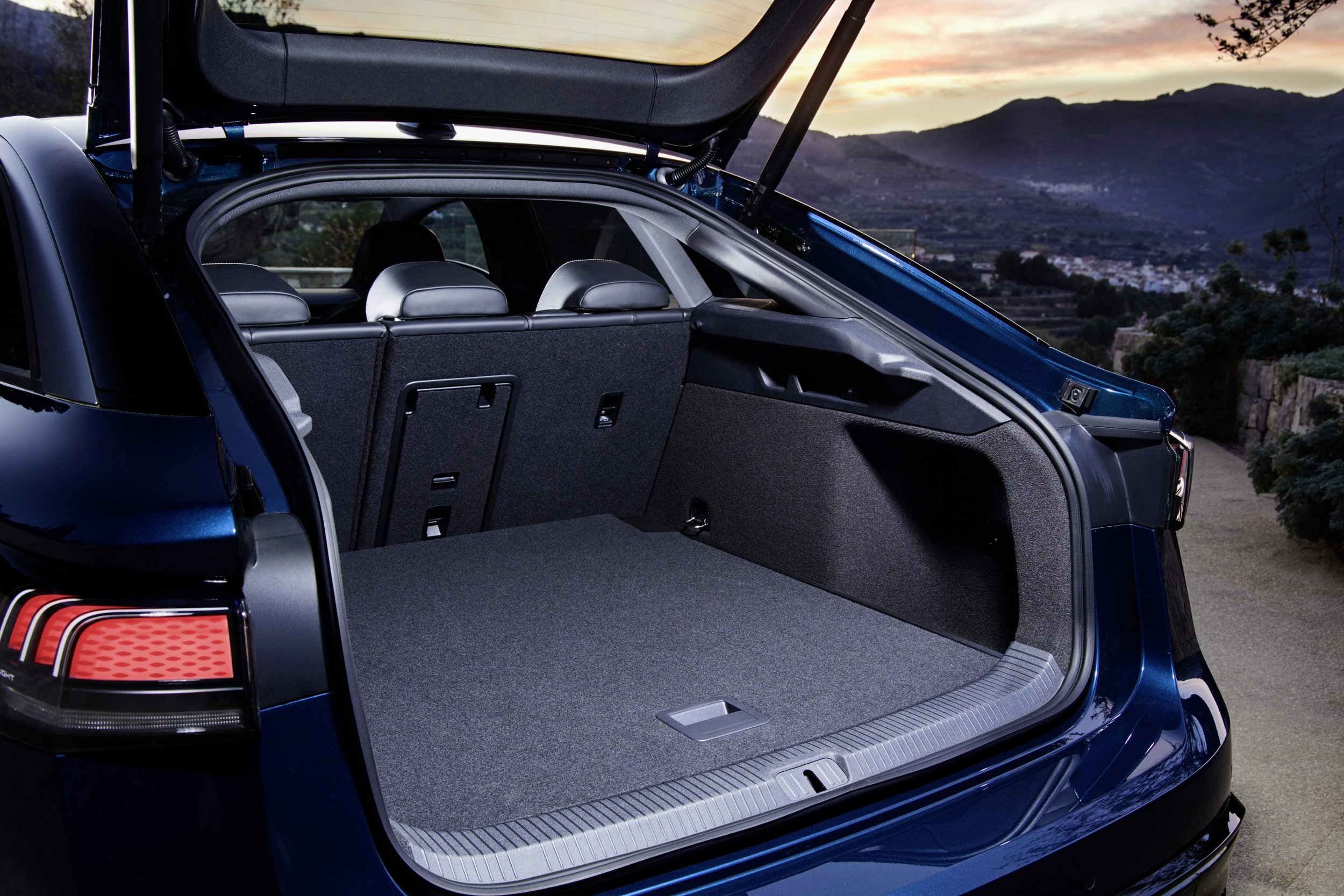
One key advantage over the Tesla Model 3 is the ID.7’s large rear liftgate, giving access to a generously sized cargo area, with folding seats. Specific interior volumes were not released, but visually, the ID.7 looks plenty roomy for a sedan. We do know the ID.7s overall dimensions are slightly larger than the Model 3, and it looks like that size was put to good use.
While we don’t know definitively, don’t expect the ID.7 to have a capacious frunk. Most of the German EVs do not have much of a frunk to speak of, with the exception of the Audi e-tron, e-tron GT, and Porsche Taycan.
The dash of the ID.7 has a large 15-inch horizontal display, like the Model 3 and Y, but supplements it with a small instrument cluster in front of the driver. An innovative feature on the ID.7 is an adjustable-transparency glass roof, which can be adjusted from nearly totally transparent to totally opaque.
Pricing has yet to be announced, but considering the ID.7s premium positioning, a starting price of $45,000 to 50,000 seems like a good guess, with more premium trims and AWD configurations likely pushing into the $60,000+ range.
VW’s APP550 motor setup is its most powerful to date.
The ID.7 will go on sale in fall 2023 in Europe and China, with North American sales starting sometime in 2024. While American customers have gravitated toward crossovers for more than a decade, we’re hoping the trend of large five-door touring sedans continues, and some people might appreciate the versatility of these models while still offering a low-slung, stylish silhouette.
(Images courtesy Volkswagen)




